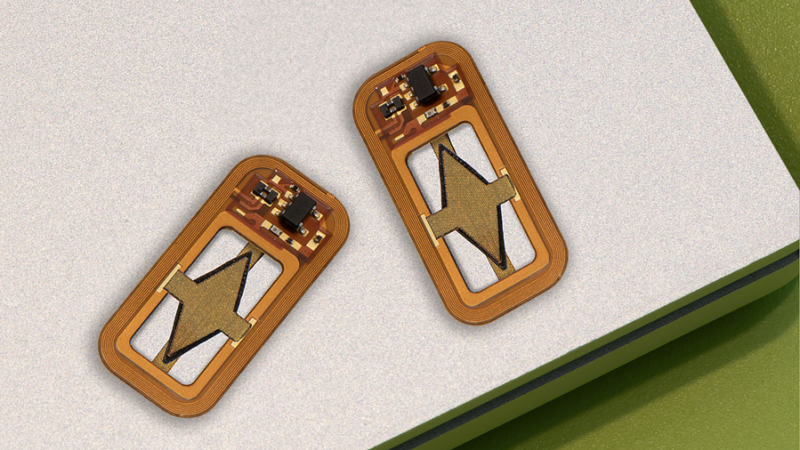Type 1 diabetes remains a problem despite having an apparently simple solution: since T1D patients have lost the cells that produce insulin, it should be possible to transplant those cells into their bodies and restore normal function. Unfortunately, it’s not actually that simple, and it’s all thanks to the immune system, which would attack and destroy transplanted pancreas cells, whether from a donor or grown from the patient’s own stem cells.
That may be changing, though, at least if this implantable insulin-producing bioreactor proves successful. The device comes from MIT’s Department of Chemical Engineering, and like earlier implants, it relies on encapsulating islet cells, which are the insulin-producing cells within the pancreas, inside a semipermeable membrane. This allows the insulin they produce to diffuse out into the blood, and for glucose, which controls insulin production in islet cells, to diffuse in. The problem with this arrangement is that the resource-intensive islet cells are starved of oxygen inside their capsule, which is obviously a problem for the viability of the implant.
The solution: electrolysis. The O2-Macrodevice, as the implant is called, uses a tiny power-harvesting circuit to generate oxygen for the islet cells directly from the patient’s own interstitial water. The circuit applies a current across a proton-exchange membrane, which breaks water molecules into molecular oxygen for the islet cells. The hydrogen is said to diffuse harmlessly away; it seems like that might cause an acid-base imbalance locally, but there are plenty of metabolic pathways to take care of that sort of thing.
The implant looks promising; it kept the blood glucose levels of diabetic mice under control, while mice who received an implant with the oxygen-generating cell disabled started getting hyperglycemic after two weeks. What’s really intriguing is that the study authors seem to be thinking ahead to commercial production, since they show various methods for mass production of the cell chamber from standard 150-mm silicon wafers using photolithography.
Type 1 diabetics have been down the “artificial pancreas” road before, so a wait-and-see approach is clearly wise here. But it looks like treating diabetes less like a medical problem and more like an engineering problem might just pay dividends.

















It’s not power harvesting as I understand it’s defined (extracting energy from ambient vibration/heat/light), but is inductively powered via a coil worn externally instead. Which is still incredibly convenient compared to any of the other options.
Making a tiny spacesuit for human islet cells that can protect them from the immune system while still letting them do their job is amazing.
Whatever happened to culturing a diabetic’s own islet cells then injecting them into their liver?
This is a really cool idea that worked well for some, but has some consequences. A lot of patients’ cells had already been reduced too much to use. The procedure also requires patients to remain immunosuppressed for life which is doable but has risks and impacts quality of life.
NIH has a good writeup:
https://www.niddk.nih.gov/health-information/diabetes/overview/insulin-medicines-treatments/pancreatic-islet-transplantation#whyUsed
If they use the patient’s own islet cells, why would immunosuppression be necessary?
Because what killed them in the first place is the immune system and it’s still going to do that; type 1 is an autoimmune issue before it’s a glucose issue.
If you can stop the immune system from doing that, then yes, just injecting the cells probably will go ahead and fully cure it. That kind of control of the immune system would be a huge deal for most of the autoimmune disorders, not just diabetes, and we aren’t quite there yet; there’s some possibilities on the horizon though with the inverse-vaccine work.
Wasn’t there an article here the other day about research being done on “shutting off” specific immune responses? Seems that would be a perfect treatment for type 1.
The problem is type1 diabetes is auto-immune disorder. The disease will kill the injected cells just as it did the ones in the pancreas. The plan here is to put a barrier between these cells and the immune system.
I’ve been waiting to see about a cure for nearly 40 years. Even back then, when I was newly diagnosed in childhood, we were encouraged that we’d have a cure “in 10 years” by our own doctors. So while I sincerely hope this effort pays off, and we see a viable, AFFORDABLE product from it, let’s just say I’m not planning on being free from insulin injections (or blood sugar checks) within my lifetime.
Electrolysis should produce molecular oxygen and hydrogen, right? Molecular hydrogen should not have any effect on the acid/base balance of the blood or body. It’s only H+ that does that, unless there’s some process I don’t know about.
Our precious bodily fluids!
What stops the free H2 and O2 from creating bubbles?
Diffusion
> “it seems like that might cause an acid-base imbalance locally, but there are plenty of metabolic pathways to take care of that sort of thing.”
Love it! This is the challenge of biology. Some of the routine chemistry of our metabolism sounds hellishly toxic on paper, but at the scale of a cell, with appropriate buffers and other metabolic feedback loops, it’s just fine. The challenge with medicine is to predict which scary chemistry might have therapeutic benefits, and which (equally scary) chemistry really is just a Bad Idea.